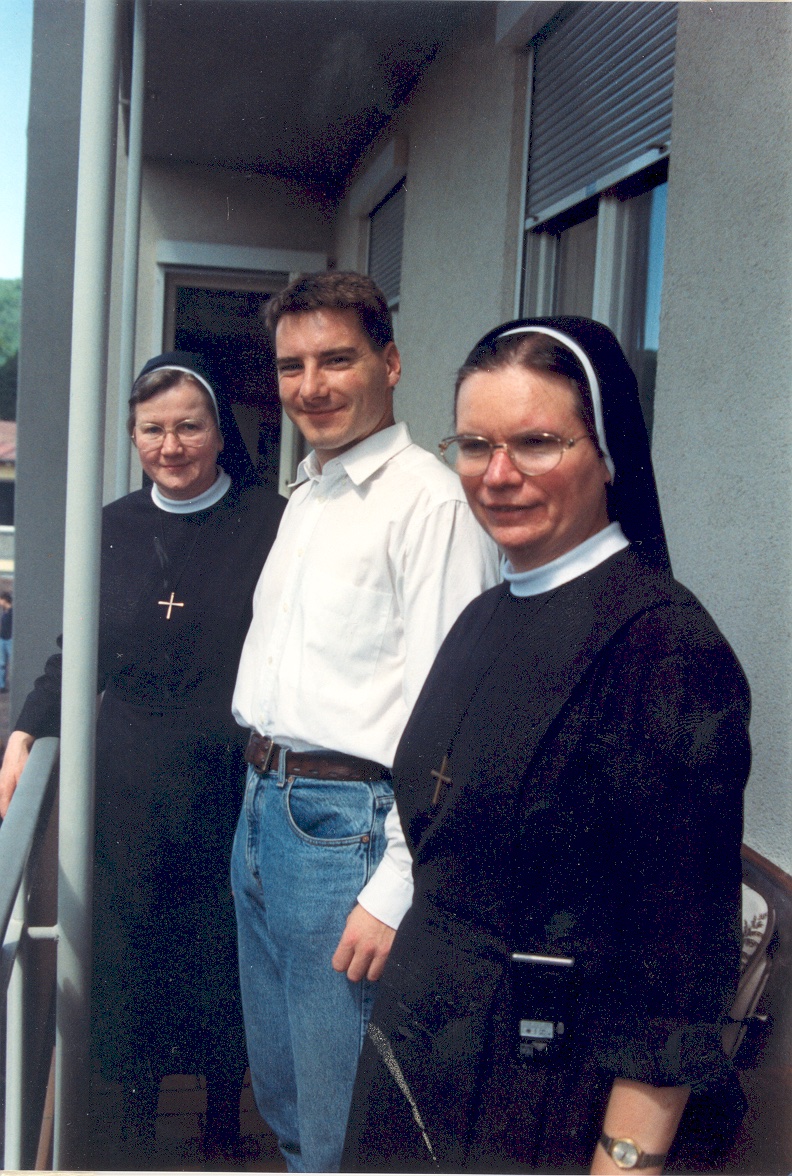Research Interests
Determinants of Longevity and Ageing in Good Health (DELAG)
In the field of health and mortality, research increasingly focuses on healthy ageing, which comprises both mortality and morbidity. The determinants of healthy ageing include a wide array of different factors, with gender, socio-economic status (SES), health behaviours and the life course being the most important and most studied aspects. Biological, i.e. mainly genetic, factors also play an important role. I and my colleagues from the VID research group "Health and Longevity" contribute to these research fields with several projects. Our research is guided by the idea that we can learn most about the absolute and relative impact of specific risk factors by analysing (and understanding) differentials in health and mortality, e.g. differences between women and men, SES groups, migrants and non-migrants or differences between countries or regional units. Our work is based on various data sources ranging from official population statistics and survey data to self-collected data such as the database on the health and mortality of nuns and monks. Health and mortality differentials are caused by a complex pattern of numerous factors, which are often directly or indirectly connected and might operate in different directions. My overarching goal is to develop a general model that explains these differences by disentangling the various risk factors and evaluating their absolute and relative impacts, along with their variations in different populations and subpopulations. We plan to develop this model by analysing specific phenomena of differentials in health and mortality in various steps. Moreover, we also study technical aspects connected to the available data and methods as well as practically relevant issues related to population ageing.
Click here to visit the DELAG website.
Click here to visit the DELAG website.
German-Austrian Cloister Study (Deutsch-Österreichische Klosterstudie)
The Cloister Study is a longitudinal study of specific aspects of differentials in health and mortality and their causes. The project started in 1997 with the "Catholic Order Members Mortality Study" (COMMS) which was based on the idea that a study of Catholic nuns and monks permits us to isolate the impact of biological factors on sex differences in mortality and to control for most of the confounding non-biological factors. It is clear that both biological factors and non-biological ones contribute to male excess mortality, but it is unclear to what extent the two categories contribute to the overall difference in life expectancy. To investigate this question the data of almost 12,000 nuns and monks from twelve mainly Bavarian monasteries including each member’s life dates as well as information about education, family background and missionary activity were collected. In 2006, the data were updated and the individual files of the three biggest communities were extended to contain information on causes of death. The main results of this study show (1) that biological factors appear to cause a sex difference of not more than around one year in life expectancy, and (2) that the large sex differences in life expectancy in the total population are caused by the high non-biologically caused mortality of men and not—as often believed—by the low mortality of women. The follow-up project HEMOX ("The male-female health-mortality-paradox"), funded through an ERC Starting Grant, is based on these results. We are now analysing the health-mortality relationship in a sample of 1,158 female and male Catholic order members from Austria and Germany who will be surveyed in a biannual rhythm. In 2012, the first wave was carried out and the COMMS data were updated again and extended by several communities from Austria.
Click here to visit the website of the Cloister Study.
Click here to visit the website of the Cloister Study.
Monitoring trends in life expectancy and life expectancy differentials in Germany ("Lebenserwartung.info")
Due to my German origin and the fact that I worked for many years at different German research institutes I became specifically interested in the trends in life expectancy and life expectancy differentials in the German population. Since it is difficult to get a comprehensive overview of these trends, I established the (German-language) internet domain lebenserwartung.info which offers a collection of information about different aspects of life expectancy in Germany. These include—beside a description of the life table and the basic methods of calculation—annual data on conventional and tempo-adjusted life expectancy for women and men in Germany as well as Eastern and Western Germany, and on differences by gender, geographical region (federal state and district level) and socioeconomic status. The information on these websites is updated as soon as new data or estimates are available. It is planned to include also corresponding data for Austria and Switzerland and thus to provide an information platform for trends life expectancy and life expectancy differentials in German-speaking Europe.
Click here to visit the website lebenserwartung.info (in German).
Click here to visit the website lebenserwartung.info (in German).


